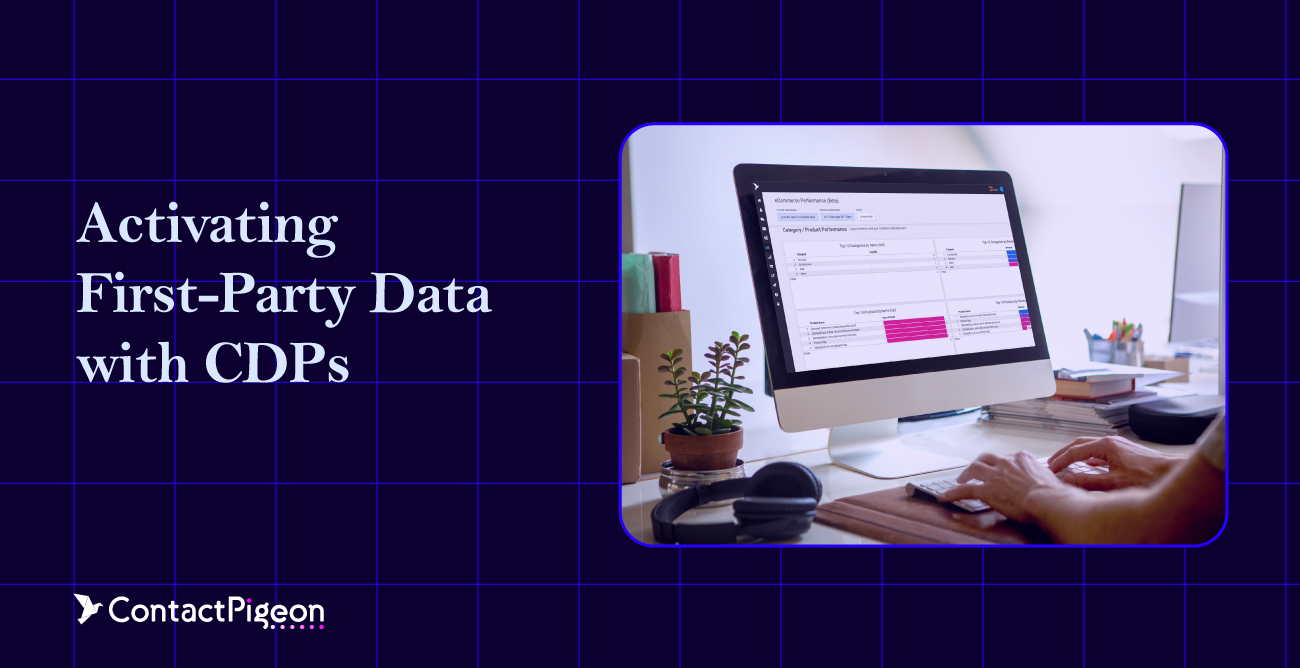Black Friday, the retail industry’s annual shopping extravaganza, is a crucial period for eCommerce success. For C-level executives, understanding the key terms, strategies, and metrics associated with Black Friday is essential for navigating this high-stakes period. This comprehensive wiki guide serves as a primer, demystifying the Black Friday landscape and equipping executives with the knowledge needed to make informed decisions and maximize their eCommerce performance during this critical time.
A
- Abandoned Cart: An online shopping cart with items left unpurchased. Black Friday strategies often include targeted emails to recover these sales.
- A/B Testing: Comparing two versions of a webpage or email to determine which performs better. Crucial for optimizing Black Friday promotions.
B
- BOGO (Buy One, Get One): A popular sales promotion type offering a free or discounted item with a purchase.
- Bounce Rate: The percentage of visitors who leave a website after viewing only one page. A high bounce rate during Black Friday can indicate website issues or irrelevant content.
C
- Call to Action (CTA): A phrase or button designed to prompt an immediate response, like “Buy Now” or “Learn More.” Essential for driving Black Friday conversions.
- Click-Through Rate (CTR): The percentage of users who click on a link or advertisement. A key metric for assessing the effectiveness of Black Friday marketing campaigns.
D
- Dark Social: Social media sharing that occurs through private channels like direct messaging or email, making it difficult to track.
E
- Early Access: Offering exclusive early access to sales or products to loyal customers or subscribers as a Black Friday incentive.
- Exit-Intent Popup: A website popup triggered when a user is about to leave, often used to offer a discount or incentive to stay.
F
- Flash Sale: A time-limited sale offering deep discounts to create a sense of urgency and drive quick purchases.
G
- Gamification: Incorporating game-like elements (e.g., contests, challenges) into the shopping experience to increase engagement and sales.
H
- Holiday Season: The period from Thanksgiving through New Year’s Day, encompassing Black Friday, Cyber Monday, and the peak shopping season.
I
- Impulse Buy: An unplanned purchase, often triggered by enticing deals or limited-time offers. Black Friday marketing often aims to encourage impulse buys.
J
- Journey Mapping: Visualizing the customer’s path to purchase, identifying potential pain points, and optimizing the experience for Black Friday.
K
- Keyword Research: Identifying the most relevant search terms to optimize Black Friday content and advertising campaigns.
L
- Landing Page: A standalone web page designed for a specific marketing campaign, often used for Black Friday product promotions.
M
- Mobile Optimization: Ensuring websites and marketing materials are fully functional and user-friendly on mobile devices. Critical for Black Friday, as mobile shopping continues to rise.
N
- Newsletter Signup: Collecting email addresses from potential customers to send targeted Black Friday promotions and offers.
O
- Order Fulfillment: The process of receiving, processing, and shipping orders. A critical operational aspect during the high-volume Black Friday period.
P
- Pay-Per-Click (PPC): An online advertising model where advertisers pay a fee each time their ad is clicked.
Q
- Queue Management: Strategies to handle high traffic and potential website slowdowns during peak Black Friday shopping hours.
R
- Retargeting: Targeting users who have previously interacted with a brand’s website or online content with personalized ads across various platforms.
S
- Social Proof: Using testimonials, reviews, or social media mentions to demonstrate the popularity of products and build trust with potential customers.
T
- Tiered Pricing: Offering different product bundles or pricing levels to cater to different customer budgets and needs.
U
- Upselling: Encouraging BF customers to purchase a higher-priced item or upgrade their purchase.
V
- Viral Marketing: Creating content or campaigns designed to be shared widely on social media, generating organic buzz and reach.
W
- Wishlist: A feature allowing customers to save products they want to purchase later. Black Friday promotions often target customers with items in their wishlists.
X
- Cross-Selling: Suggesting complementary products to customers during or after their purchase.
Y
- Year-Over-Year (YOY): Comparing sales data or performance metrics from one year to the next to track progress and identify trends.
Z
- Zero-Party Data: Data that customers voluntarily share with a brand (e.g., preferences, interests).
Additional Black Friday resources for eCommerce retail professionals
- 7 Creative Black Friday Strategies for Retailers
- 150+ (awesome) Black Friday Email Subject Lines for eCommerce
- Top 5 Black Friday Marketing Automation Scenarios for Holiday Success
- How to Capitalize on Your Black Friday Traffic
- 9 (creative) Black Friday ideas to nail your Email Marketing
- How to Prepare for Black Friday: A Retailer’s Guide
- The 30 best Black Friday campaigns of all time
- Black Friday 2018 Report for eCommerce
- Black Friday 2017 Report for eCommerce
- 9 Black Friday Ecommerce Hacks to Skyrocket Your Sales
What happens after the Black Friday wiki?
In conclusion, understanding and applying the key terms and strategies from this Black Friday eCommerce Wiki can empower retail professionals to navigate the high-stakes shopping period effectively. Use this knowledge to optimize your campaigns, drive sales, and create exceptional customer experiences. Equip your team with these insights to ensure a successful and profitable Black Friday season.
Is there anything else you’d like to learn about and would like to be included in the Black Friday Wiki? Drop us a line and let us know.



![Benchmarking Growth Strategies of Top Fashion Retailers [Study]](https://blog.contactpigeon.com/wp-content/uploads/2025/11/top-fashion-retailers.jpg)